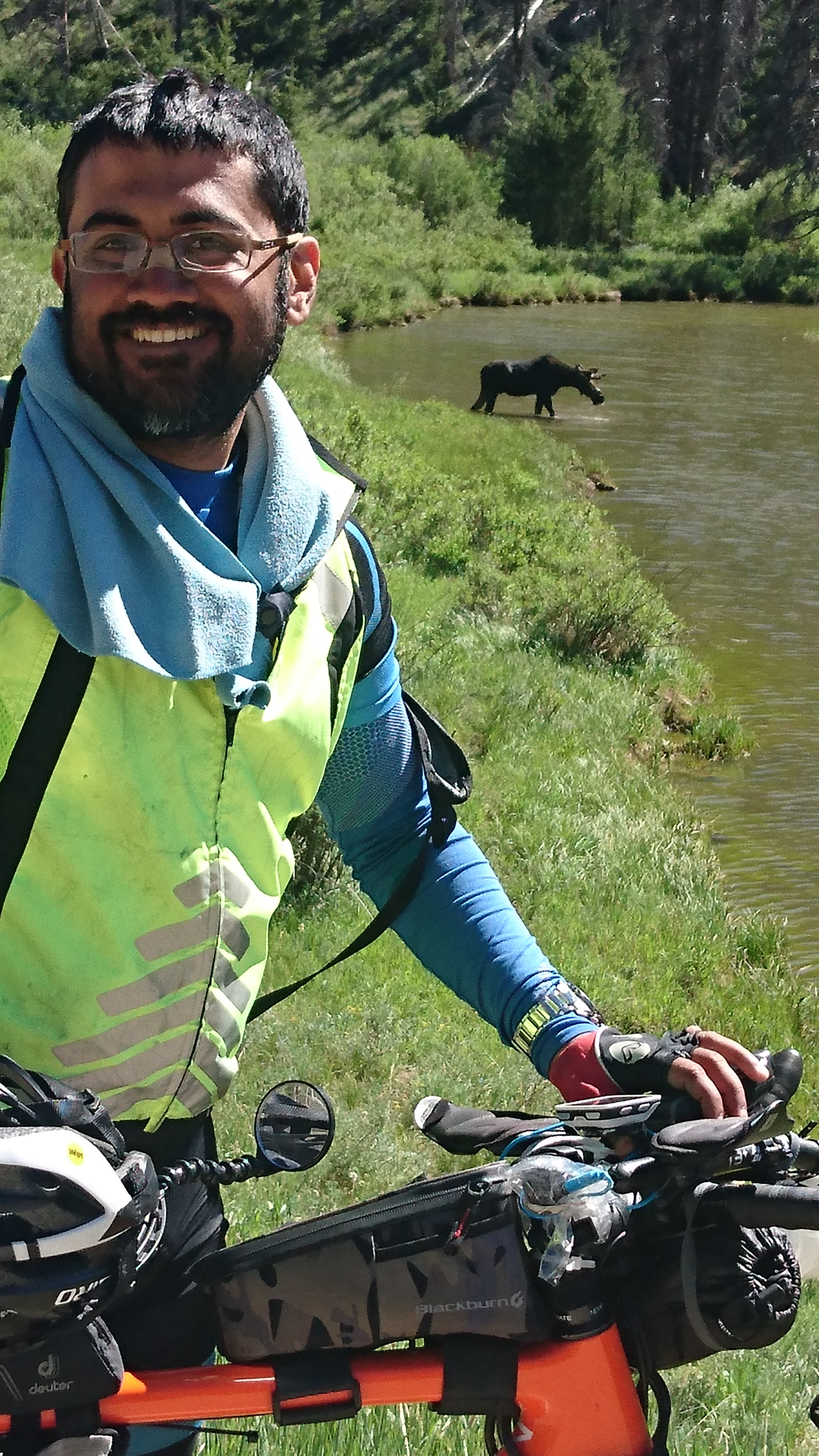Tires and Formula One Intro
Tires have always been an extremely important part of all forms of motor racing and the world of Formula One has been no different. Traditionally, tires came in three compound varieties for dry weather conditions: hard, soft and supersoft. Supersoft tires afforded the best grip but would last the least amount of running while the other extreme was the hard compound which was very durable, but came at the cost of grip. These compounds are for use in dry weather conditions only. Now, one of the fundamental differences between regular road going tires and Formula One racing tires is the tread: Regular Formula One tires had very few grooves. In their current avatar, they are called 'slicks' and they have absolutely no grooves, in effect, they are perfectly bald. Yes, you read it right, they are bald tires. These tires offer maximum grip on a dry surface but are completely unsafe in wet conditions as water builds up in front of the tires and lifts up the wheels in a phenomenon known as aquaplaning. A driver will have absolutely no control over a car which aquaplanes and having it happen when you are at a speed in excess of 250 kph is nerve-wracking, even if it ends up as a harmless spin instead of a massive crash. This fact necessitates the usage of special tires for wet conditions. Tires for wet weather usage also come in three variants: intermediates, wet and full-wet. Intermediate tires were suitable light to moderate drizzles, wet tires for heavy drizzles and moderate rains and extreme wet tires for heavy rain.
In the event of rain or prediction of rain, the choice of appropriate tires becomes extremely important. If a car stays out on track with a dry weather tire and it starts raining, things can get ugly pretty fast, as the car starts sliding and aquaplaning. However, the reverse is not a nice proposition either. Wet weather tires have more grooves and hence provide grip even in rain, but the car will run slower. These tires also heat up and degrade very quickly, in the absence of rain. If a driver gambles to go in for intermediate tires anticipating rain, and it doesn't rain, he will lose a lot of time going slower than other drivers and his tires will also get destroyed pretty quickly. Similarly, if a driver chooses extreme wet tires and the rain drops to a light drizzle or stops altogether, he will be very much slower than other drivers who are on wets or intermediate tires. Some drivers handle wet conditions better than others. The late Ayrton Senna, Michael Schumacher and now, Sebastian Vettel are acknowledged as experts in wet conditions while many others like Felipe Massa and Kimi Raikkonen haven't been known to thrive in rainy conditions. The correct and timely choice of tires and the driver's own abilities can often turn a hopeless situation into a race win while it is equally possible to throw away a certain victory due to a bungled tire decision.
Here's a video of the stunning opening lap at Donington park in 1993. Ayrton Senna managed to stay on dry tires longer than anybody else on track and was able to clock in such exceptional lap times that he quickly wrested away the race from his more formidable rivals.
